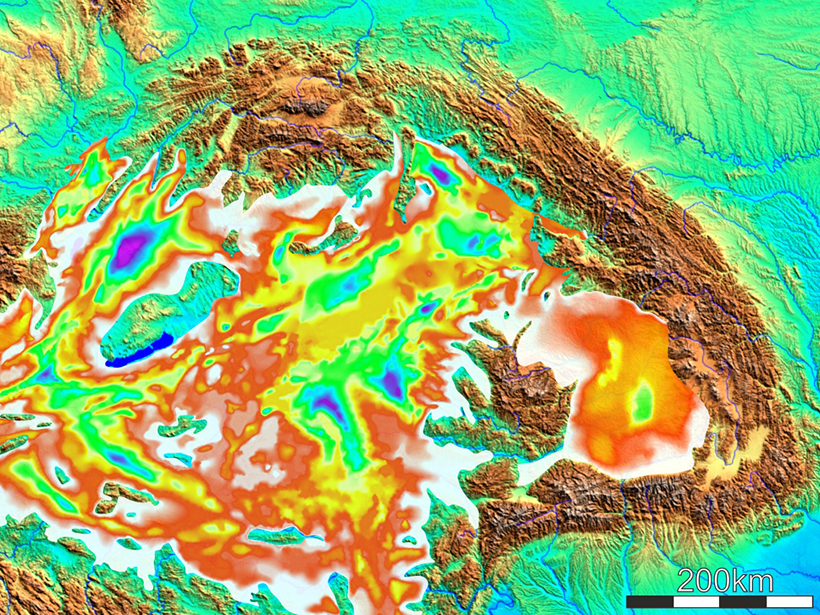Source: Tectonics
Although the interplay between sedimentation and tectonic processes has long been recognized as a critical interaction that controls the architecture and evolution of sedimentary basins, the processes driving this relationship are not well understood. This is especially true in certain areas of extension behind subduction zones, known as back-arc basins.
One example is central Europe’s Pannonian Basin, an asymmetric basin that is the region’s primary petroleum and geothermal target. To unravel the complex history of the central portion of the basin, known as the Great Hungarian Plain, Balázs et al. used seismic sequence stratigraphy to develop an integrated conceptual model of sedimentation in asymmetric basins.
By analyzing two- and three-dimensional seismic data calibrated with resistivity and gamma ray logs gathered from a tight network of exploration wells, the researchers resolved 10 characteristic units in the basin fill whose deposition was dominantly controlled by tectonic processes. They then used the cyclicity of these units to unravel the basin’s tectonostratigraphic evolution.
The results suggest that extension in the Great Hungarian Plain occurred at rapid rates and in a mostly asymmetric configuration that led to the formation of numerous subbasins, whose growth was largely controlled by low-angle faults inherited from preexisting structures. For the first time, the study demonstrates that extension in the plain migrated across the basin, beginning about 20 million years ago, and was still occurring as recently as 9 million years ago. The researchers further conclude that the cumulative amount of extension in the basin was 220–270 kilometers, much greater than the generally accepted total of 150–200 kilometers.
The team also argues that the general pattern of central basin erosion and marginal deposition observed in 12- to 11-million-year-old sediments may be an indication of dynamic topography—the basin topography responding to the uprising of hot mantle. However, this potential mechanism can be ascertained and quantified only with more detailed, process-oriented modeling.
Knowledge of how this basin evolved could help scientists evaluate the potential for petroleum and geothermal resources in the Great Hungarian Plain. Evolutionary modeling can also help in seismic hazard assessment and flood prediction, a crucial tool for densely populated delta and alluvial plain basins. (Tectonics, doi:10.1002/2015TC004109, 2016)
—Terri Cook, Freelance Writer
Citation:
Cook, T. (2016), Unraveling the history of central Europe’s Pannonian Basin, Eos, 97, https://doi.org/10.1029/2016EO057403. Published on 12 August 2016.
Text © 2016. The authors. CC BY-NC-ND 3.0
Except where otherwise noted, images are subject to copyright. Any reuse without express permission from the copyright owner is prohibited.

